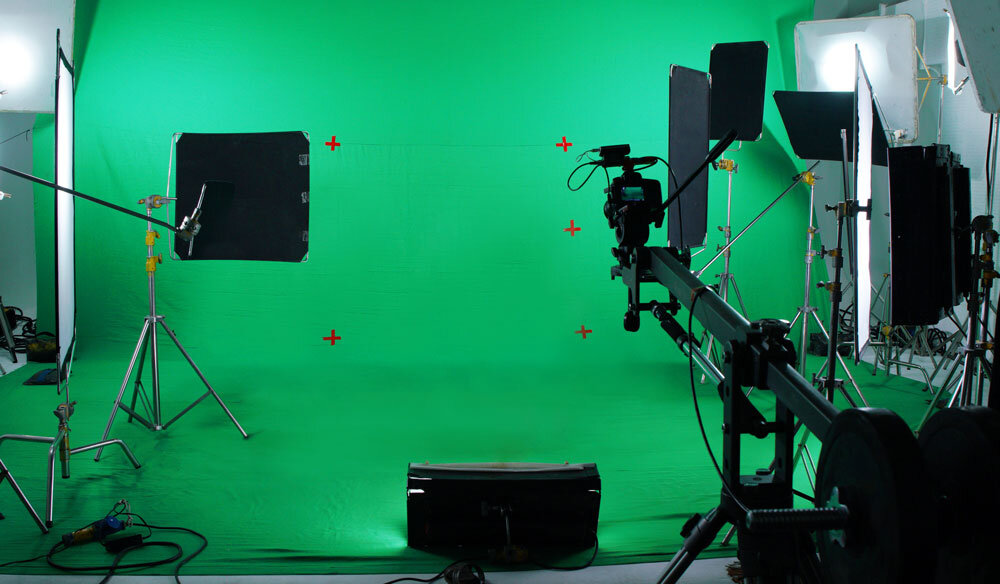Tricks and Tips for Chroma-Key
Chroma-Key is a great tool and is a lot of fun to work with in the classroom.
The science involved Is a story for another day. Let’s assume you have a passing understanding of the physics involved. If you want a quick recap try this link: https://en.wikipedia.org/wiki/Chroma_key
Chroma-Key of course, works by substituting another texture, color, background in place of a very specific color. Principally we are talking about Chroma-Key, sometimes called Digital-green. It is a very bright, chartreuse green. (Old School Chroma Key is bright blue, it works too, but is more prone to conflicts). One reason that this bright green has been accepted by pro’s all over the world is because it is an intensity of green that we usually do not see in everyday wardrobes. That is not to say, that we never see it, but it is rare enough to make it a safe choice for chroma-key. Technically, you can select just about any color, but you will just be surprised how much magenta, orange, brown or pink tones there are in skin tones and wardrobes. So why introduce problems?
Chroma-key is now relatively easy to accomplish, but here are a number of things that will help you to produce the best effect.
Distance - Color reflect onto other objects. This is not usually a problem. But if the camera setup is searching for a specific color, we want to contain and control that color and it’s reflected color. For this reason you should make sure that your subject is a minimum of 4 feet away from the green screen and the subject.
Lighting and Lighting Intensity (Brightness) - When you are lighting for chroma key you should look to equalize the front light on your subject with the intensity of the light on the green screen. To really get a crisp separation, I would suggest that you backlight the subject with a light that has a light orange color gel in front of it. This will help neutralize the troublesome green reflection especially on frizzier heads of hair.
Paint – Paint is paint, even if you want to spend $80.00 on a latex paint that markets itself as chroma -key paint. It is just paint. There is nothing magical or technically more correct than a gallon of good paint you can find at your local home center. Color matching technology has come a long way in the last 15 years. If you have a left over can lid or can scrape off a 1” X 1” square from your decades old chroma key, they will be able to match it. If not, ask for help trying to find a color that most closely matches this (right)
Cloth - Chroma key cloth is also a great portable solution if you do not have room for a permanent chroma key wall. I would suggest a 5’ X 6’ piece. This supplier will work with a school PO number. The material is almost wrinkle free and is very lite weight.
Last words - This effect will feel familiar to your new students but they probably have never actually been able to play around with it. I would encourage you to allow your class to experiment a bit with the technology before laying into the science. I guarantee that they will all want to give it a try.
Meet the Author, Brian Flynn
Brian Flynn is an Emmy Award-winning set designer who has worked on over 2000 unique productions. He has worked for all the major TV networks and for numerous foreign news producers. Brian also works on infomercials (wait there’s more), non-broadcast corporate projects, and for schools and colleges throughout the United States. Currently his work can be seen on the new syndicated talk show “The Doctor and The Diva,” and on a number of infomercials featuring chef Emeril Lagasse. Brian lives in the western hills of NJ, in the town of Blairstown. He also offers a catalog of news desks, and off the shelf studio news and talk show designs at NewsDesk USA.


